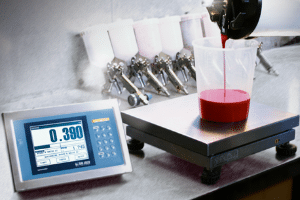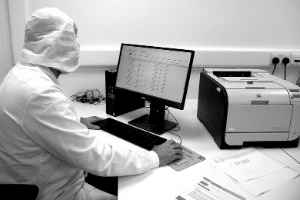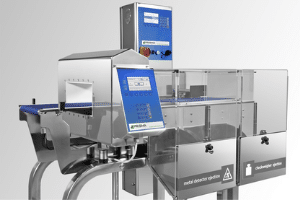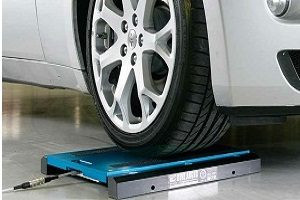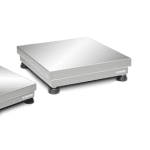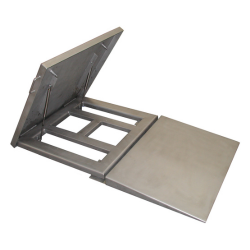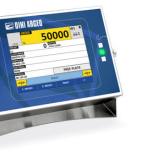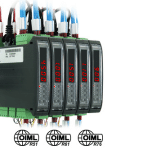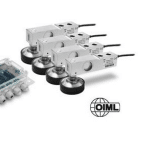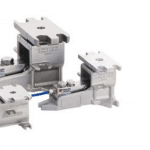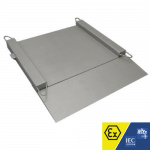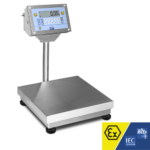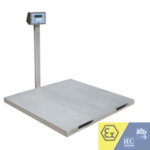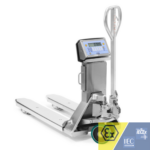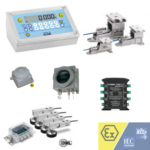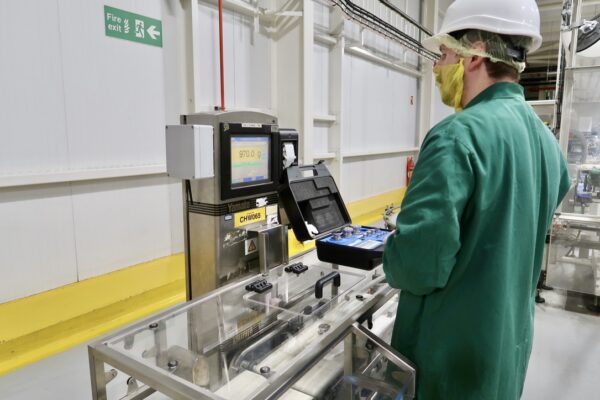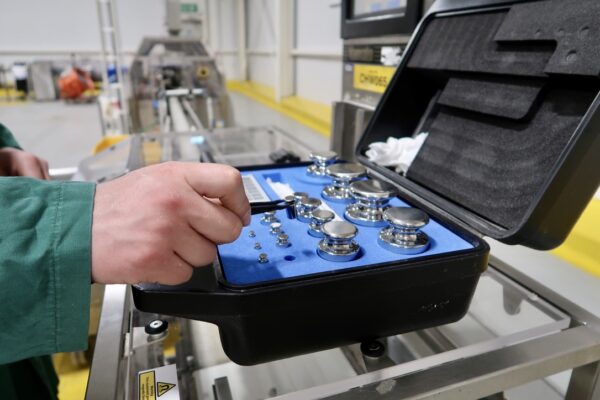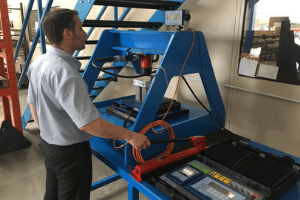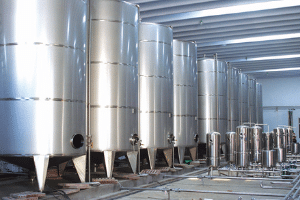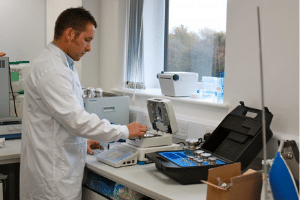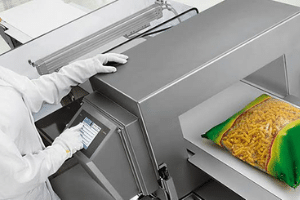The Importance of Calibrating Weight Scales
Calibrating equipment is a vital step in ensuring the accuracy and reliability of the measurements taken with that equipment. It is essential in a variety of industries, including manufacturing, engineering, and healthcare, as well as in scientific research and other fields where precision is critical.
Why should you calibrate a scale?
There are several reasons why calibrating equipment is important. One of the most obvious is that it helps to ensure the accuracy of the measurements being taken. For example, if a scale is not properly calibrated, it may give readings that are too high or too low, which could lead to incorrect conclusions being drawn based on those measurements. This could have serious consequences in industries like manufacturing, where even small errors in measurement can result in defective products being produced.
Calibrating equipment is also important for maintaining quality control. In many industries, there are strict standards and regulations that must be followed to ensure the safety and effectiveness of products. These standards often depend on accurate measurements, so it is essential that the equipment used to take those measurements is properly calibrated.
Another reason to calibrate equipment is to ensure consistency in measurement. Even if an instrument is generally accurate, it is possible for its readings to drift over time, due to factors such as wear and tear, temperature changes, or other external influences. By regularly calibrating the equipment, these variations can be accounted for and the measurements can be made more consistent.
Calibrating equipment is also important for maintaining its accuracy over time. Many instruments are sensitive to changes in their environment, and without proper calibration, they may become less accurate over time. By regularly calibrating the equipment, these changes can be detected and corrected, ensuring that the equipment continues to provide accurate measurements.
How do you calibrate a weight scale?
There are several different methods that can be used to calibrate equipment. The most common method is to use a reference standard, which is a known accurate measurement against which the instrument being calibrated can be compared. For example, a thermometer might be calibrated using a reference standard such as a mercury-in-glass thermometer, which is known to be highly accurate.
Other methods of calibrating equipment include using traceable standards, which are standards that have been calibrated using a series of increasingly accurate reference standards, and using computer-based methods, which use software to compare the readings of the instrument being calibrated to a known accurate measurement.
Calibrating equipment is a crucial step in ensuring the accuracy and reliability of the measurements being taken, and provides a number of benefits. It is essential for maintaining quality control, ensuring consistency in measurement, and ensuring the accuracy of the equipment over time. By regularly calibrating their equipment, individuals and organisations can have confidence in the accuracy of their measurements and make informed decisions based on those measurements.
If you would like to know more about the range of calibration services MWS offers, please contact us.
